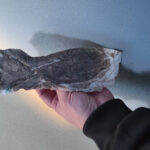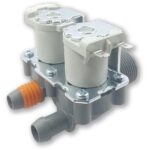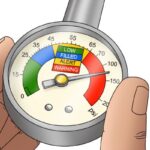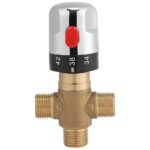Operation of Solar Water Heaters in Cold Conditions
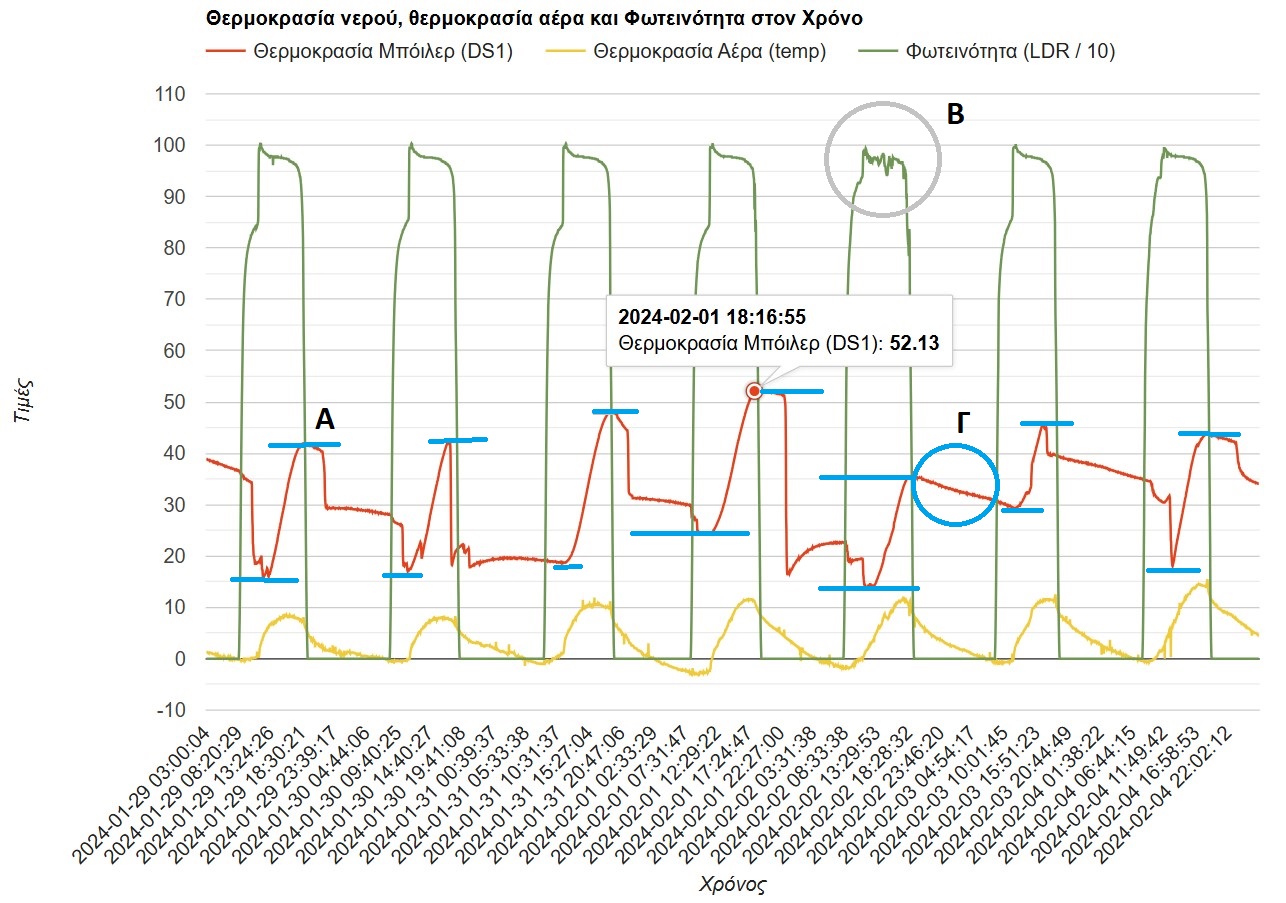
Solar water heaters are a sustainable and cost-effective choice for producing hot water, even in cold conditions. On days when the temperature is below zero, their operation may be affected by various factors. Sunshine, installation angle, and thermal losses are critical elements that shape the performance of water heaters in such conditions. In this article, we will examine how low temperatures affect solar water heaters.
Graph Commentary
The above graph shows a representative dataset of how the solar heater operates at low temperatures. The depicted 7-day period had the characteristics we want to study. Days with negative temperatures, one day with moderate cloudiness, and one day with zero consumption of hot water usage during the night so we can comment on the heat loss.
A) We observe that although we are in the heart of winter, in a semi-mountainous area with sunshine among the lowest in Greece based on statistics, we have daily gains of over 20 degrees Celsius with almost daily consumption. Especially on the coldest day when the temperature started at -3°C, the largest increase was observed — almost 30 degrees. From 24 degrees in the boiler to over 52 degrees. All days were efficient and met the needs. The conclusion, which has been proven by data from another article, is that on any day of the year in Greece, if there is sunshine, the solar water heater performs and produces hot water for use. Since the Solar LIVE data do not yet have sufficient time depth, it is anticipated with interest that more extreme cases will be recorded and studied in the future.
B) From the data of the LDR light sensor, it appears that on this day there was moderate cloudiness or intermittent clouds. We observe that this day also started with freezing conditions; the water had been consumed and had reached one of the lowest temperatures recorded in the boiler, 15 degrees. Despite this, the solar heater gained 20 degrees and reached 35 degrees (actually a little more). Experience shows that a 160-liter solar water heater at this temperature can provide enough water for a bath for two people and “plenty” of hot water at the taps for any other use. A basic use in winter is dishwashing, which with the temperatures of the network water is a “big hassle.” So far, no day has been recorded when the solar heater could not provide hot water for hand washing over 15 degrees Celsius.
C) In this case, we see a representative winter night where the temperature dropped to zero. The solar heater had no consumption this day, so we can comment on the heat “loss” during the cold night. We observe in the diagram that the temperature dropped from 35 degrees to 30. That is a drop of 5 degrees in cold conditions. From experience and observation of other similar days, it appears that for this specific water heater, this loss is almost typical. When the boiler has a high temperature, the loss is about 1-2 degrees Celsius.
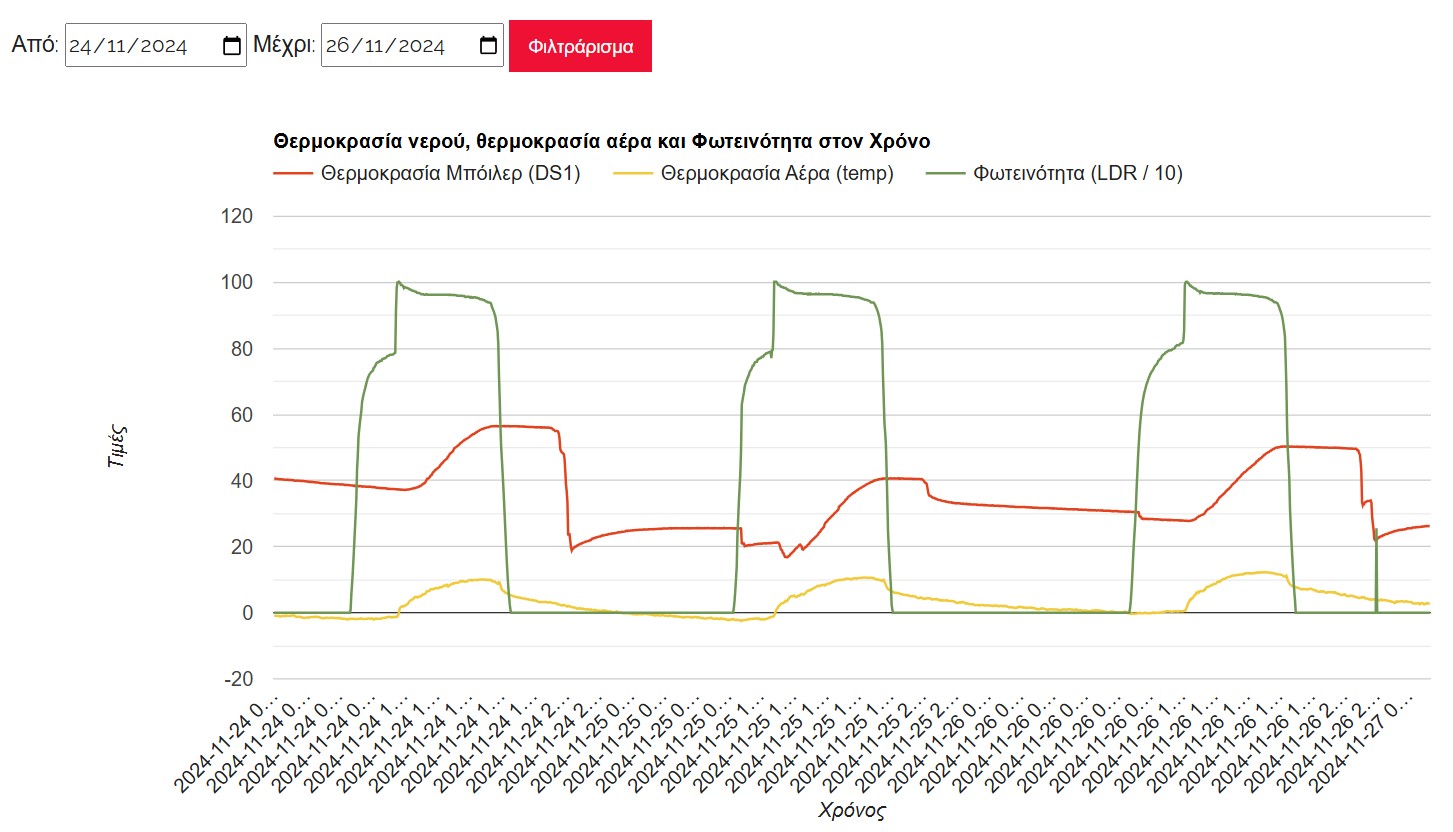
In summary, during freezing days, we studied the loss of the solar heater, its performance during the day, and its performance with intermittent clouds. These are not extreme cases since there was no frost during sunshine. All possible cases can be observed live from the Solar LIVE logger and historically studied from older cases through the date selection tool available.
- Improvements in the Placement of the Data Logger - 29 January 2025
- Solar Water Heater Statistics – December 2024 - 10 January 2025
- Washing machines with dual water supply - 24 December 2024




